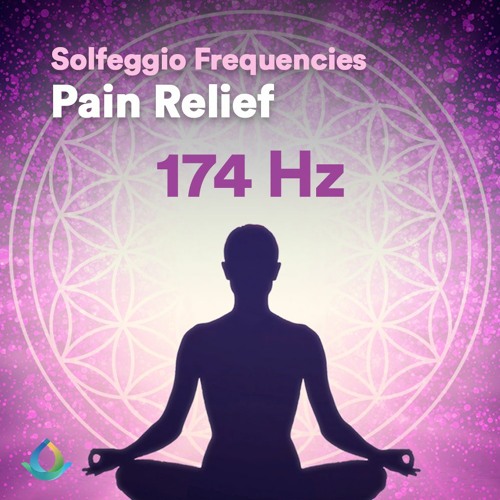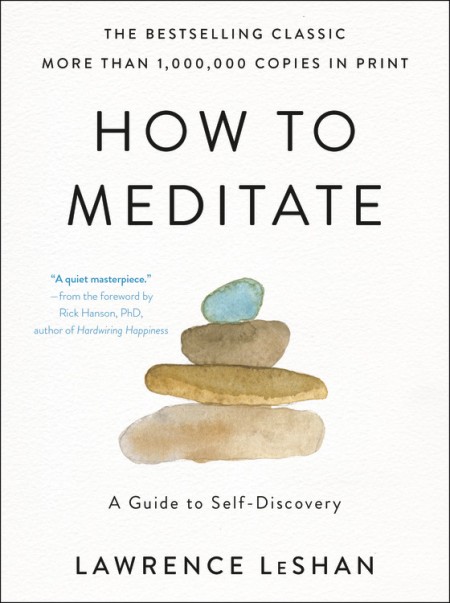
A body scan can be used as a meditation tool to help you understand your feelings and how they impact you. This is especially useful for those who feel overwhelmed by emotions or aren't sure how to feel. You become more aware and aware of your feelings by doing a body scan. It is common to feel nervous or confused your first few times performing a body scanning exercise. However, it is possible to relax and regain your awareness.
When you next do a body scanner, pay attention to the physical sensations that you feel. This will help you identify your emotions better. To gain a better understanding of your emotions, you can tune in to your internal and external somatic sensations. These are some ways to meditate on your body. Here are some benefits that can be expected. Once you are confident with the basics, you may move on to more advanced exercises.

For a body scan, you should find a comfortable position. It is best to lie down or to sit for this purpose. It's important to find a comfortable position where you can sit or lay down without any distractions. It is best to do a body scan in a quiet location where you can be comfortable and not be distracted. You may also want to spread a blanket across your body to support your back.
When you're planning to lose weight, a body scan is an excellent way to monitor your progress. It will tell you your basal metabolism rate (or BMR), which represents your body's baseline rate. It will also show you how many calories your body burns before you exercise. This information will help you determine if you need to exercise or not. If you are exercising too often, it is important to control your caloric intake.
A body scan is a form of meditation you can do with a therapist. It's a safe, low-risk way to deal with stress and pain. You can practice it alone or with a therapist. However, your goal should be clear. If you find it difficult to relax, avoid hurrying into the practice. If you're feeling stressed, you might want to limit the sessions to a minimum.

The body scan meditation is an excellent way to cultivate mindfulness. It's a great way to begin a mindfulness meditation program. To train your mind to be present and in tune to your body, you can listen to the audio meditation. The audio meditation will focus on the parts of your bodies and help you to become more aware of subtle energies that are present in your body. This will allow you to experience them in everyday life. This meditation has many benefits.
FAQ
Do I need to count calories
You may be wondering "what is the best diet for you?" or "is counting calories necessary?" Well, the answer depends on several factors including your current health status, your personal goals, your preferences, and your overall lifestyle.
The Best Diet For Me: Which One Is Right?
The best diet depends on me, my health, my goals, my preferences and my overall lifestyle. There are many diets available, some good and others not so good. Some diets work better than others. What should I do then? How can I make the right choice?
This article aims at answering these questions. It begins with an overview of the different diets today. Then we will discuss the pros & cons of each kind of diet. Finally, we'll discuss which one is best.
Let's look at some of the main types of diets to get started.
Diet Types
There are three main types. Low fat, high proteins, and ketogenic. Let's briefly discuss them below.
Low Fat Diets
A low-fat diet reduces the amount of fats you eat. This is achieved by reducing saturated fats like butter, cream cheese, and other dairy products. It is possible to replace these saturated fats with unsaturated ones (olive oil or avocados). A low fat diet is often recommended for those who want to lose weight quickly and easily. This diet can cause constipation, heartburn, and stomach problems. If a person doesn’t receive enough vitamins from their foods, this can lead to vitamin deficiency.
High Protein Diets
High-protein diets limit carbohydrates and favor proteins. These diets often have higher levels of protein than most other diets. They are meant to help build muscle mass and burn more calories. However, they might not provide enough nutrition for those who need to eat frequently. They are also very restrictive, so they might not be appropriate for everyone.
Ketogenic Diets
Ketogenic diets also go by the name keto diets. They are high-fat and low in carbs and protein. They are typically used by athletes and bodybuilders because they allow them to train harder and longer without getting tired. You must adhere to all side effects, including fatigue, headaches, nausea and headaches.
How often do I need to exercise?
For a healthy lifestyle, exercise is vital. You don't have to exercise for a certain amount of time. It is important to find something that you enjoy and stay with it.
Three times a week, you should be aiming to complete 20-30 mins of moderate intensity activity. Moderate intensity is when you still have to breathe hard after the workout. This type is good for burning around 300 calories.
Walking is a great option if you are a keen walker. You can do 10-minute walks four days per week. Walking is low-impact, easy on your joints, and it's also very gentle.
If you'd rather run, try jogging for 15 minutes three times a week. Running is a great exercise to build muscle tone and burn excess calories.
Start slowly if you aren't used to doing exercise. Start by doing 5 minutes of cardio each day, a few times per week. Gradually increase your cardio time until you reach the goal.
What is the problem?
BMI is the acronym for Body Mass Index. It measures body fat based upon height and weight. The following formula can be used to calculate BMI.
Add weight in kilograms to height in meters squared.
The result is expressed as a number from 0 to 25. A score of 18.5+ indicates that you are overweight. A score higher than 23 indicates that you are obese.
A person who weighs 100 kilograms and is 1.75m tall will have an BMI of 22.
Statistics
- Extra virgin olive oil may benefit heart health, as people who consume it have a lower risk for dying from heart attacks and strokes according to some evidence (57Trusted Source (healthline.com)
- WHO recommends reducing saturated fats to less than 10% of total energy intake; reducing trans-fats to less than 1% of total energy intake; and replacing both saturated fats and trans-fats to unsaturated fats. (who.int)
- According to the 2020 Dietary Guidelines for Americans, a balanced diet high in fruits and vegetables, lean protein, low-fat dairy and whole grains is needed for optimal energy. (mayoclinichealthsystem.org)
- The Dietary Guidelines for Americans recommend keeping added sugar intake below 10% of your daily calorie intake, while the World Health Organization recommends slashing added sugars to 5% or less of your daily calories for optimal health (59Trusted (healthline.com)
External Links
How To
What does the term "vitamins" mean?
Vitamins are organic compounds that can be found in foods. Vitamins allow us to absorb nutrients from food. Vitamins cannot be made by the body; they must be taken from food.
There are two types vitamins: water soluble or fat soluble. Water-soluble vitamins dissolve readily in water. Vitamin C,B1(thiamine), B2 (2riboflavin), and B3 (3niacin), as well as vitamin C,B1, B2 (riboflavin), and B3 (niacin), vitamin B6 (pyridoxine), vitamin folic acid (biotin), pantothenic, and choline are examples. Fat soluble vitamins are stored in the liver and fatty tissue. Vitamin D, E, K and A are some examples.
Vitamins can be classified according to biological activity. There are eight main groups of vitamins.
-
A - vital for healthy growth.
-
C is important for nerve function and energy production.
-
D - essential for healthy bones, teeth, and gums.
-
E - needed for good vision and reproduction.
-
K - Required for healthy nerves and muscles.
-
P - Essential for strong bones and teeth.
-
Q - aids digestion, absorption and absorption iron
-
R - Required for red blood cell production
The recommended daily allowance (RDA), for vitamins, varies depending upon age, gender, or physical condition. The U.S. Food and Drug Administration sets RDA values.
For adults over 19 years, the RDA is 400 mg per day for vitamin A. Pregnant women require 600 micrograms daily to support fetal development. Children ages 1-8 require 900 micrograms per day. Infants below one year old require 700mg per day. But, between 9 months to 12 months, the amount drops to 500mg per day.
Children aged between 1-18 years require 800 micrograms of sugar per day, while overweight children need 1000 micrograms. Children who are underweight receive 1200 micrograms every day to meet their nutritional requirements.
Children aged 4-8 years old who have been diagnosed as having anemia require 2200 micrograms of vitamin C per day.
2000 micrograms are required daily for good health in adults over 50. Due to their increased nutrient needs, pregnant and breastfeeding women need 3000 micrograms daily.
1500 micrograms is the recommended daily intake for adults aged 70+, who lose approximately 10% of muscle each year.
Women who are pregnant and lactating need more nutrients than the RDA. Pregnant women need 4000 micrograms per dayduring pregnancy and 2500 micrograms per day after delivery. Breastfeeding mothers require 5000 micrograms daily when breast milk production is occurring.